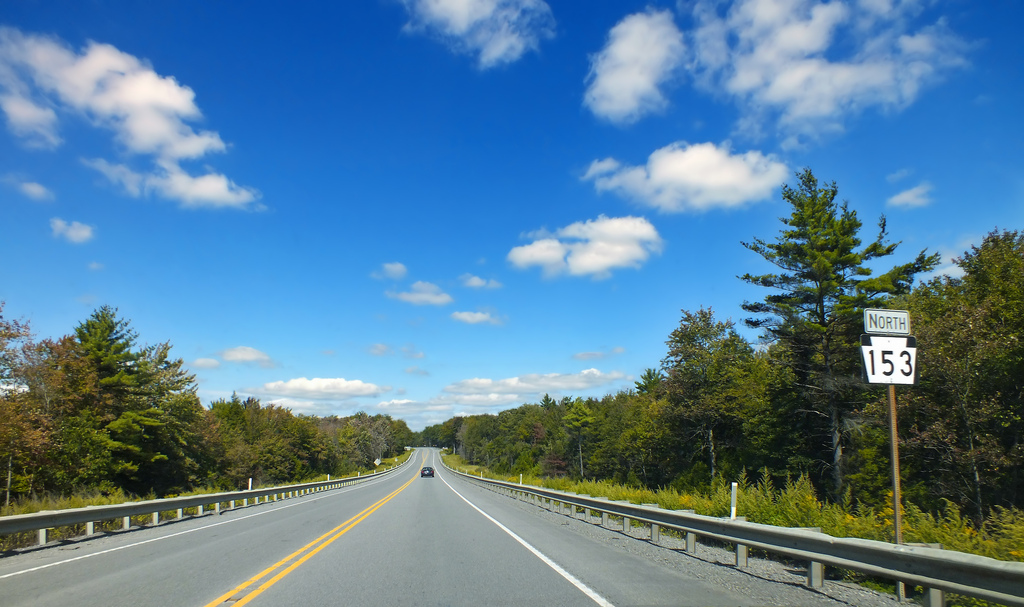Outdoor temperatures are rising making it the perfect time for some fun in the sun. Taking a day trip to the beach or lake may involve a long drive in some scorching temperatures. Just as drivers take extra precautions to keep themselves in peak condition during hot weather, they should also prepare their vehicles for driving in this climate. This ensures that both the day-trippers and the car remain cool and in proper working order.
Before loading the car for a summer trip, test the battery to ensure that its power level is sufficient for reliable performance. Though the battery can start harder during cold weather, it may work more strenuously when outdoor temperatures are high. After verifying that battery power is acceptable, check the engine coolant. If the level is low or coolant has not been replaced in a while, have this done to prevent the engine from overheating during the trip.
To prevent any of these from running low, check and top off the fluids for brakes, power steering, and windshield washing. Change the engine oil and filter according to schedule and if driving long distances in hot weather, be especially diligent. Install a clean oil filter and clean oil lubricate for the engine, helping it to endure extreme heat.
Hot days typically call for use of air conditioning, so inspect the A/C system to verify that it is working properly. If unsure of how to do this, take the car to a service technician who will check for system leaks and, when necessary, add refrigerant. To ensure that the windshield remains clear during a popup rainstorm, check the windshield wipers to see if they need replacement. Sun exposure and extreme heat wear down wipers, causing them to streak or smear.
As a final preparatory step, check tire pressure to make sure that each tire, including the spare tire, is properly inflated. Underinflation is a safety hazard and has a negative impact on gas mileage. Tires that are overinflated can wear out prematurely and compromise handling. Tire pressure can increase from heat buildup created by road friction or high outdoor temperatures.
Once this pre-trip inspection is completed and all issues are addressed, begin loading the car with gear. Packing early in the morning or after the sun has gone down prevents extreme temperatures from robbing the body of essential hydration. To get on your way without incident, use assistance when loading heavy or bulky items in the car.
*Photo Courtesy of Nicholas A. Tonelli via Creative Commons License

